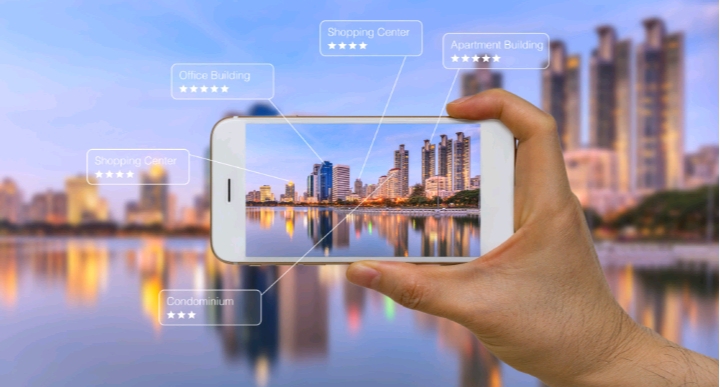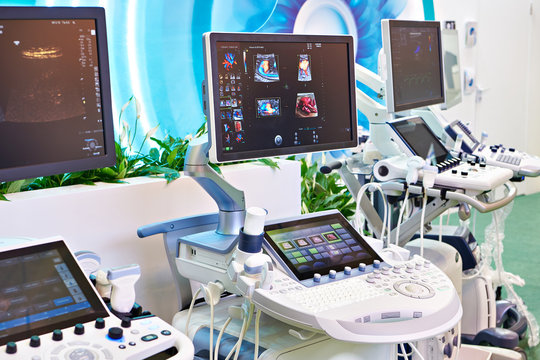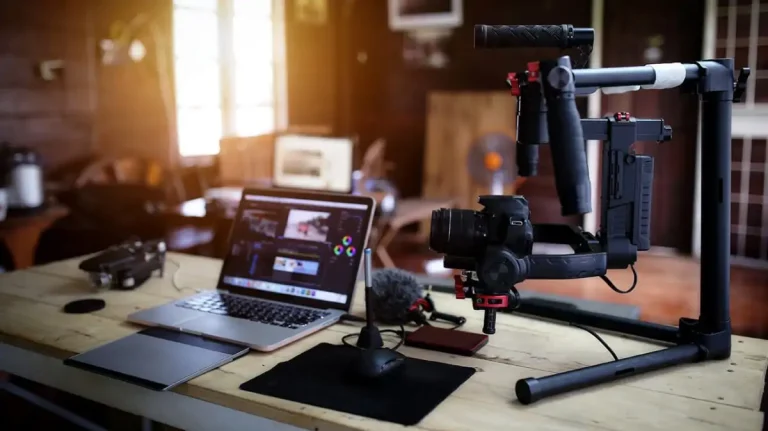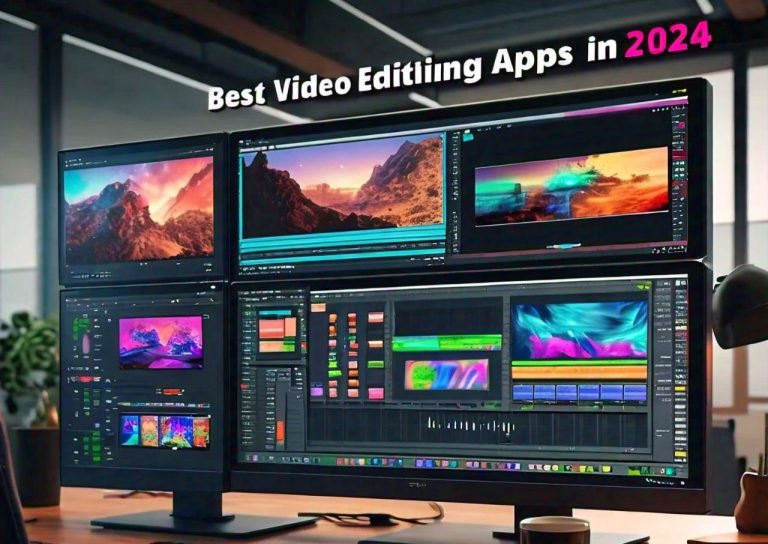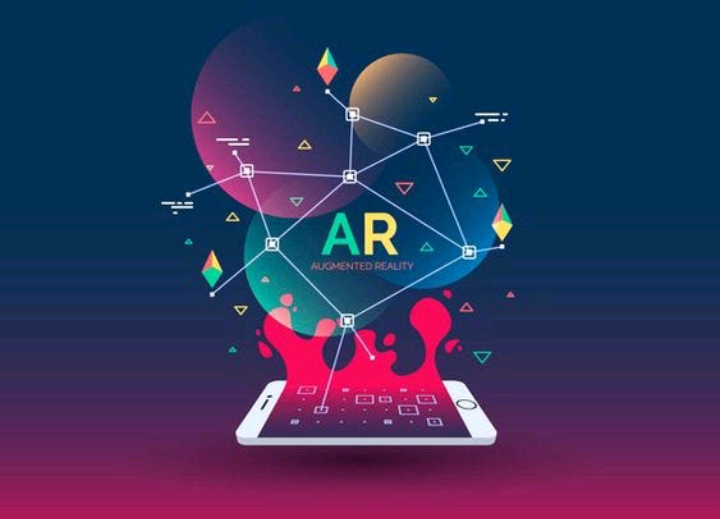Augmented Reality (AR) is the enhanced version of the physical world. It superimposes digital elements into real-world environments. Moreover, it is a technology that will impact sales and marketing to enable businesses to train their employees.
Furthermore, it aims to offer a promising dimension to interaction with customers and efficiently operating business corporations. In addition, it is a great way for businesses to improve their awareness and visibility, enhance customer experience, display product demos, and so on.
Practical Cases of Augmented Reality (AR) in Businesses
Before integrating augmented reality into your businesses, you have to decide on what solution its inclusion is going to achieve in your business. Below is a list of five practical cases of how AR is used in businesses:
1. Augmented Reality in Retail:
Through AR, retailers can offer ways for customers to try products on before they make a purchase. Customers can use smartphones or tablets as an AR platform. This creates a unique shopping environment for consumers of your products be it online or onsite shops. Below are a few examples of AR in retail:
- The IKEA Place app allows customers to place the furniture virtually in their physical environment to check out the space and style.
- The Virtual Artist app of Ulta Beauty lets customers virtually wear makeup to see how it will look.
- Also, the Fit app of Nike uses an AR app to scan the feet of an individual. This enables customers to find the perfect fit for their feet.
- Another example is Warby Parker whose Home Try-on programme gives customers the chance to put on glasses at home virtually before making a purchase.
- Last on the list is Asos. This is a brand that deals with clothing wear. It also has a ‘See My Fit’ technology which allows you to see clothes on models of various models to help customers find the right fit.
The use of AR in retail helps to improve customer experience and reduce the rate of returns.
2. Training and Education:

Using augmented reality for training and education provides an in-depth and engaging learning experience. This is often more effective than conventional lectures, textbooks, and flashcards. As a result, learners or trainees can gain quicker mastery and greater depth of training.
For instance, in Dubai British School Jumeirah Park, students create 3D objects in Tinkercard. Thereafter, they use augmented reality to check their models and assess them before going ahead to print them using a 3D printer.
Also, Walmart AR training modules cover topics like customer service, safety protocols, etc., in a simulated environment.
Additionally, in Marriott, AR helps train staff on effective cleaning procedures and operation of equipment.
Additionally, AR technology helps companies to invest in employee training without the risk of costly real-world mistakes.
3. Real Estate:
Augmented reality in real estate is operating efficiently. It offers creative ways to display properties. Also, it streamlines the buying and renting process. It also enhances the all-around customer experience.
In addition, AR aids virtual property tours, property visualization, neighbourhood information, and the like. Thus, AR makes the transaction of properties more efficient and interesting for buyers and sellers.
4. Manufacturing:
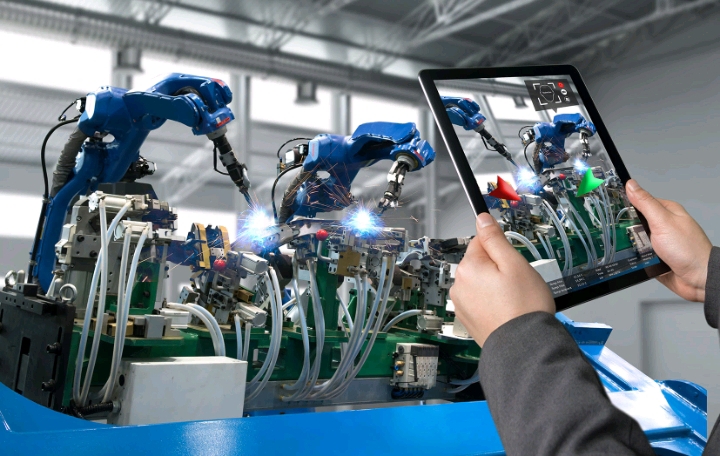
Augmented reality platforms are cost-effective for manufacturing companies compared to complex hardware investments. It also enables manufacturing establishments to improve their processes and workflows.
In addition, it assists in streamlining onboarding. It lets new employees gain access to guidance and instructions. It also improves safety.
A good instance is Bosch. Here, AR technology gives room for remote maintenance in their plants. This implies that technicians can see what a physical worker sees and thus, provide real-time direction.
Related Posts
5. Repair and Maintenance:
Kia, an automaker, has its AR owner’s manual. Customers can use their smartphones or tablets to get information on how to repair, maintain, and the vehicle features. In addition, this app comprises how-to videos, 3D overlay images, and other informational guides.
AR helps inexperienced people to determine problems and conduct repairs. This is made possible by following step-by-step instructions using AR overlays.
Five Pros of Augmented Reality (AR) in Businesses
The following are the advantages of using augmented reality in businesses:
1. Improved Customer Experience:
Augmented reality allows customers to interact with virtual elements in real time. Say, potential buyers can test a piece of furniture in their apartment without having to visit an onsite shop. Gucci allows customers to try on sneakers to see which fit into their feet. This will help customers avoid returns.
2. Augmented Reality Helps your Business to Stand Out:
AR helps you to connect with customers and offer them a distinctive experience. This places your brand name in their hearts and positions your business in a notable way. Nike, for example, took advantage of AR to solve the problem of difficulty in finding the perfect shoes for a customer’s feet.
3. Increase in Customer Engagement:
Customers prefer to buy from a brand they feel connected to. Leveraging AR in your business helps you interact with digital elements which produces an engaging experience for customers. Some AR apps allow you to test the sofas that will fit into your space.
4. Augmented Reality Offers In-depth Training:
AR offers solutions that enable employees to grasp mastery of crucial workplace skills. Using AR to train employees has proven to be efficient.
5. Enhanced Safety:
AR helps to reduce accidents and injuries in the workplace. It provides employees with safety information superimposed on their workplace.
Five Cons of Augmented Reality
It is crucial to have an understanding of the dual nature of augmented reality. AR has capabilities that improve certain aspects of our lives. It can also complicate our lives. The following are a a few bad sides associated with using AR in businesses:
1. Augmented Reality has a High Cost of Implementation:
The development of AR applications demands advanced technical skills. This includes 3D modelling, UI design, and computer vision. This can be expensive. Its adoption will be too costly for small businesses or companies with limited budgets.
2. Misuse and Distraction:
The engaging aspects of AR might lead to distractions in work settings. This could lead to withdrawing from learning or productivity.
3. Physical or Mental Health Conditions:
The prolonged use of AR headsets can result in physical health issues like headaches, eye strain, and neck pain, due to the closeness of screens to the eyes and the need to process 3D visuals. It can also lead to mental dependence.
4. Hacker Attacks:
AR can also expose individuals to cyber threats and security threats. For instance, hackers can misdirect a vehicle that uses a navigation system that is AR-enabled. Hence, resulting in an accident.
5. Dependency on Augmented Reality Technology:
Extreme reliance on AR can lead to a decrease in memory retention. Individuals may prefer to resort to digital aids rather than use their memory or cognitive skills.
The Bottom Line
Augmented Reality (AR) helps you streamline business operations. It comes with a lot of merits but its challenges should not be overlooked. Balancing its possibilities and pitfalls will be essential in navigating its role in businesses. Furthermore, this will help us develop a responsible approach to its use and expansion.


